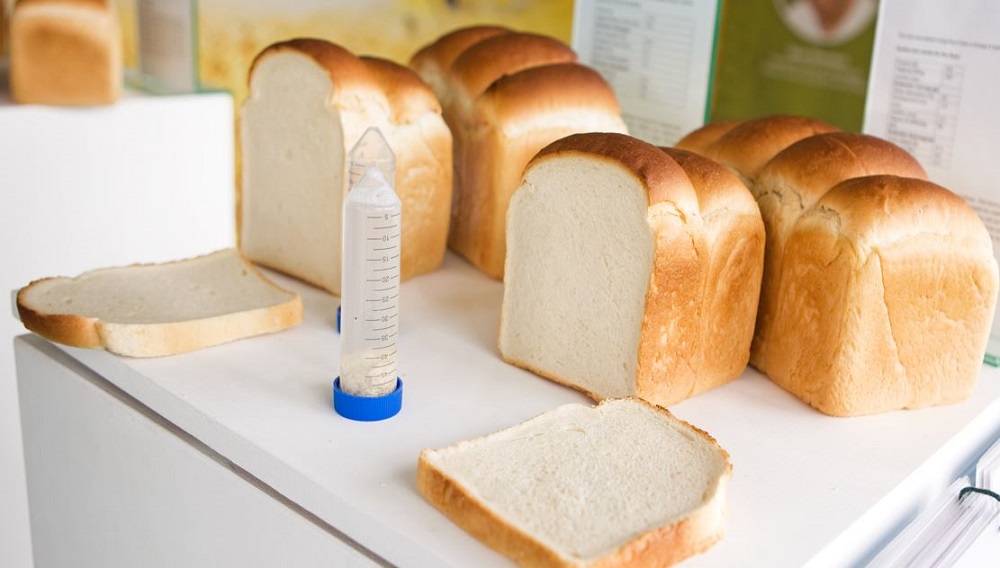- Home
- Knowledge library
- Exploiting variation in grain protein to determine environmental effects on processing quality (PhD)
Exploiting variation in grain protein to determine environmental effects on processing quality (PhD)
Summary
A major challenge facing UK wheat growers and processors is variation in crop production and quality due to environmental factors. Because of the increased frequency of extreme weather events, associated with climate change, this is becoming more important.
Wheat processing properties are underpinned by gluten proteins, which form a viscoelastic network in dough. To some extent, it is possible to compensate for low intrinsic gluten quality by increasing gluten amount. This is accounted for in the minimum protein contents for breadmaking wheat. In the UK, the typical specification required by grain traders and millers is 13% protein content. Achieving this content requires relatively high levels of nitrogen fertiliser, which may be above levels optimal for grain yield.
Grain protein content is inversely correlated with grain yield. In general, attempts to increase protein content are associated with decreases in yield. However, comparisons of cultivars have shown that some deviate (either positively or negatively) from a simple regression line determined by plotting grain protein content against grain yield. Called grain protein deviation (GPD), it can indicate the relative ability of a cultivar to translocate nitrogen into the developing grain. Positive GPD reflects greater nitrogen use efficiency (NUE).
We hypothesise that increasing grain protein content will improve the resilience of quality to environmental fluctuations without increasing the cost of production. However, GPD is difficult to select in breeding programmes, as it is the product of two traits strongly influenced by the environment: grain protein content and grain yield. Therefore, this project focused on identifying its genetic basis to help develop molecular markers that facilitate selection of GPD by breeders. The project used a population of doubled haploid (DH) lines from a cross between two older UK cultivars with good breadmaking quality: Malacca and Hereward. These lines were produced in previous studies supported by AHDB (HGCA), including projects FQS 23 and RD-2007-340, and BBSRC. These showed that the parents differed in GPD (+ in Hereward and – in Malacca) which segregated in the population. The population was used to map genes responsible for the difference in GPD between the two parental cultivars.
Analysis of the DH population, grown in replicated field trials in three years, identified areas on chromosomes 3A and 5B responsible for variation in GPD. Called quantitative trait loci (QTLs), these areas were consistent with the results of previous studies of bread and pasta wheats, indicating that they are robust and suitable targets for breeding. More detailed mapping of these QTLs will allow the development of markers that can be used to select for positive GPD by breeders and the identification of genes responsible the differences in GPD between cultivars.
Downloads
SR61 Final Project ReportRelated resources


